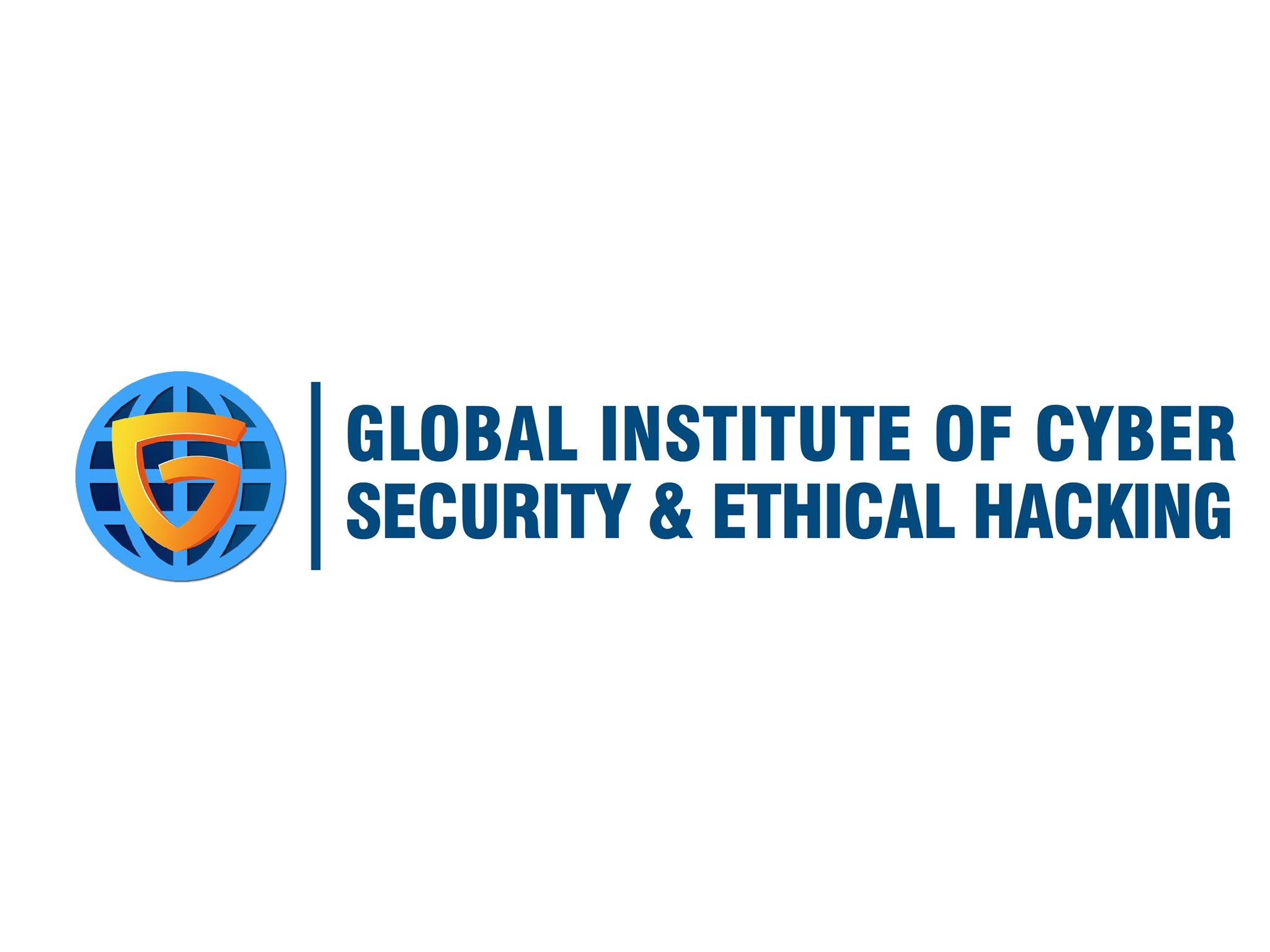Oracle Database 11g Administration Workshop II free videos and free material uploaded by gicseh training institute staff .
Core Concepts and
Tools of the Oracle Database (Day1, Day2, Day3)
1. The Oracle
Database Architecture: Overview
2. ASM Storage
Concepts
3. Connecting to the
Database and the ASM Instance
4. DBA Tools Overview
Configuring for
Recoverability (Day4, Day5, Day6)
1. Purpose of Backup
and Recovery (B&R), Typical Tasks and Terminology
2. Using the Recovery
Manager (RMAN)
3. Configuring your
Database for B&R Operations
4. Configuring
Archivelog Mode
5. Configuring Backup
Retention
6. Configuring and Using a Flash Recovery Area (FRA)
Using the RMAN
Recovery Catalog (Day7, Day8, Day9)
1. Tracking and
Storing Backup Information
2. Setting up a
Recovery Catalog
3. Recording Backups
4. Using RMAN Stored
Scripts
5. Managing the Recovery Catalog (Backup, Export, Import, Upgrade, Drop and Virtual Private Catalog)
Configuring Backup
Settings (Day10, Day11, Day12)
1. Configuring and
Managing Persistent Settings for RMAN
2. Configuring
Autobackup of Control File
3. Backup
optimization
4. Advanced
Configuration Settings: Compressing Backups
5. Configuring Backup and Restore for Very Large Files (Multisection)
Creating Backups with
RMAN (Day13, Day14 and Day15)
1. RMAN backup types
2. Creating and Using
the following:
3. Backup Sets and
Image Copies
4. Whole Database
Backup
5. Fast Incremental
Backup
6. Configure Backup
Destinations
7. Duplexed Backup
Sets
8. Archival Backups
Restore and Recovery
Task (Day16, Day17, Day18 and Day19)
1. Restoring and
Recovering
2. Causes of File
Loss
3. Automatic Tempfile
Recovery
4. Recovering from
the Loss of a Redo Log Group
5. Recovering from a
Lost Index Tablespace
6. Re-creating a Password
Authentication File
7. Complete and
Incomplete Recovery
8. Other Recovery Operations
Using RMAN to Perform
Recovery (Day20, Day21, Day23, Day23)
1. Complete Recovery
after Loss of a Critical or Noncritical Data File
2. Recovering Image
Copies and Switching Files
3. Restore and
Recovery of a Database in NOARCHIVELOG Mode
4. Incomplete
Recovery
5. Performing
Recovery with a Backup Control File
6. Restoring from
Autobackup: Server Parameter File and Control File
7. Restoring and Recovering the Database on a New Host
Monitoring and Tuning
RMAN (Day24, Day25, Day26)
1. Monitoring RMAN
Jobs
2. Balance Between
Speed of Backup Versus Speed of Recovery
3. RMAN Multiplexing
4. Synchronous and
Asynchronous I/O
5. Explaining Performance Impact of MAXPIECESIZE, FILESPERSET, MAXOPENFILES and BACKUP DURATION
Diagnosing the
Database (Day27, Day28, Day29)
1. Data Recovery
Advisor (DRA)
2. Block Corruption
3. Automatic
Diagnostic Repository (ADR)
4. Health Monitor
5. The ADR Command-Line Tool, ADRCI
Using Flashback
Technology I (Day30, Day31, Day32)
1. Flashback
Technology: Overview and Setup
2. Using Flashback
Technology to Query Data
3. Flashback Table
4. Flashback Transaction
Query
5. Performing Flashback Transaction Backout
Using Flashback Technology II (Day33, Day34, Day35)
1. Oracle Total
Recall
2. Flashback Drop and the Recycle Bin
Performing Flashback
Database (Day36, Day37)
1. Configuring
Flashback Database
2. Performing
Flashback Database Operations
3. Monitoring Flashback Database
Managing Memory
(Day38, Day39, Day40)
1. Oracle Memory
Structures
2. Oracle Database
Memory Parameters
3. Using Automatic
Memory Management
4. Automatic Shared
Memory Management
5. Using Memory
Advisors
6. Using Data Dictionary Views
Managing Database
Performance (Day41, Day42)
1. Tuning Activities
2. Using Statistic
Preferences
3. Optimizer
Statistics Collection
4. Monitor the
Performance of Sessions and Services
5. Automatic Workload
Repository (AWR)
6. Describing the Benefits of Database Replay
Managing Performance by SQL Tuning (Day43, Day44)
1. SQL Tuning and SQL
Advisors
2. Using SQL Tuning
Advisor
3. SQL Access Advisor
4. SQL Performance Analyzer Overview
Managing Resources
(Day45, Day46, Day47)
1. Database Resource
Manager: Overview and Concepts
2. Accessing and
Creating Resource Plans
3. Creating Consumer
Group
4. Specifying
Resource Plan Directives, including:
5. Limiting CPU
Utilization at the Database Level
6. Instance Caging
7. Activating a
Resource Plan
8. Monitoring the Resource Manager
Automating Tasks with
the Scheduler (Day48, Day49, Day50)
1. Simplifying
Management Tasks
2. Creating a Job,
Program, and Schedule
3. Using Time-Based,
Event-Based, and Complex Schedules
4. Describing the Use
of Windows, Window Groups, Job Classes, and Consumer Groups
5. Multi-Destination Jobs
Managing Space in
Blocks (Day51, Day52)
1. Free Space
Management
2. Monitoring Space
3. Compressing Data
Managing Space in
Segments (Day53, Day54)
1. Segment Creation
on Demand
2. Additional
Automatic Space-Saving Functionalit
3. Shrinking Segments
4. Segment Advisor
5. Managing Resumable Space Allocation
Duplicating a
Database (Day55, Day56)
1. Purpose and
Methods of Cloning a Database
2. Using RMAN to
Create a Duplicate Database
3. Cloning a Database
from a Backup
4. Duplicate a Database Based on a Running Instance

- 0 Reviews
- 0 Students
- 52 Courses

Write a public review